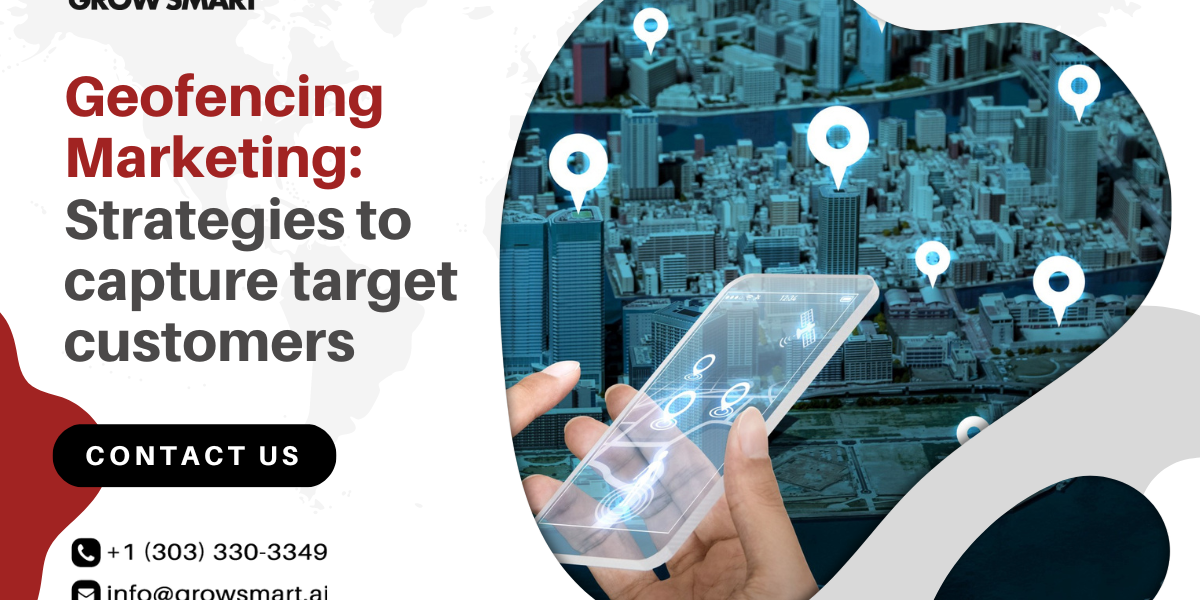Geofencing marketing is a technique used by mobile marketers to promote their products and services. This technique primarily engages mobile users and attracts them to the brand. The customers receive personalized content based on their interests and needs. Through geofencing, marketers can enhance the user experience and capture the target customer.
What is Geofencing?
Geofencing marketing is an option to help build your brand, available to all small and big businesses. It relies on tracking the data from smartphones to deliver location-based advertisements.
It makes use of a mobile GPS location tracker. When they use geofencing marketing, business owners identify a specific boundary they want to target. Then they deliver the ads to the targeted audience when they enter a particular location. They build a virtual fence around that area using smartphones’ tracking capability. So, when someone enters this virtual fence, they will see company-related ads on their mobile phones.
Strategies for geofencing marketing will help the brands reach and attract customers.
The geofencing technique is no good unless you understand how to develop the proper strategy to build it off. With geofencing, execution is the 30% battle, while the other 70% deals with strategy and the optimizations of the strategic geofencing plan.
Developing a strategic plan starts with understanding the customer’s journey as a buyer and the organization’s core objective. The core objective can be to drive foot traffic to the storefront, get more phone calls, or increase brand awareness for event promotion.
Research your target audience
Geofencing highly depends on the target audience. So, it requires a clear understanding of your target demographic. Therefore, you should know your target audience and what they want. If you know who your target audience is and what they desire, you can establish a target region that will generate results. Also, create advertising that will interest the customers and persuade them to make a purchase. Be active and interact with the consumers on social media to see what they say about your business products and services.
Mark your Geofence at the Correct parameter
Many companies make the mistake of creating oversized geofences. Therefore, remember always to keep your boundaries small and compact. Create a boundary that is a 15 to 20-minute walk away from your store or business. Also, this way, customers can easily visit and grab whatever they want.
Make your Ad actionable
It’s important to remember to create advertising that isn’t spamming or self-serving. Ensure that your call to action is clear and to the point. Encourage your customers to sample if you are marketing a new product to strengthen your marketing strategy. This way, you are naturally moving them through the purchase funnel.
Review your data regularly
Always check how your promotions are going through geofencing and digital marketing. Keep looking at your social media platforms, website, and app. Create new content according to the customer’s needs. You should also know how your campaign and promotion work out on all the platforms. The advantage of reviewing your data is that it improves the performance of your geofencing marketing strategy and your other digital marketing initiatives.
Use all the targeting techniques
With the geofencing marketing strategy, you can even use other targeting techniques, like,
- Contextual Targeting: This option displays an ad related to the page’s content, such as an ad next to a news story about local eateries.
- Content Targeting: A keyword targeting tool that focuses on search purpose and terms.
- Retargeting: A marketing method in which people who have viewed a product on a website are also shown an ad after visiting your shop.
- Ad Scheduling: This is a targeting method that targets consumers at specific times of the day. For example, if your target demographic is only active throughout the week, you may limit your marketing to Monday through Friday.








